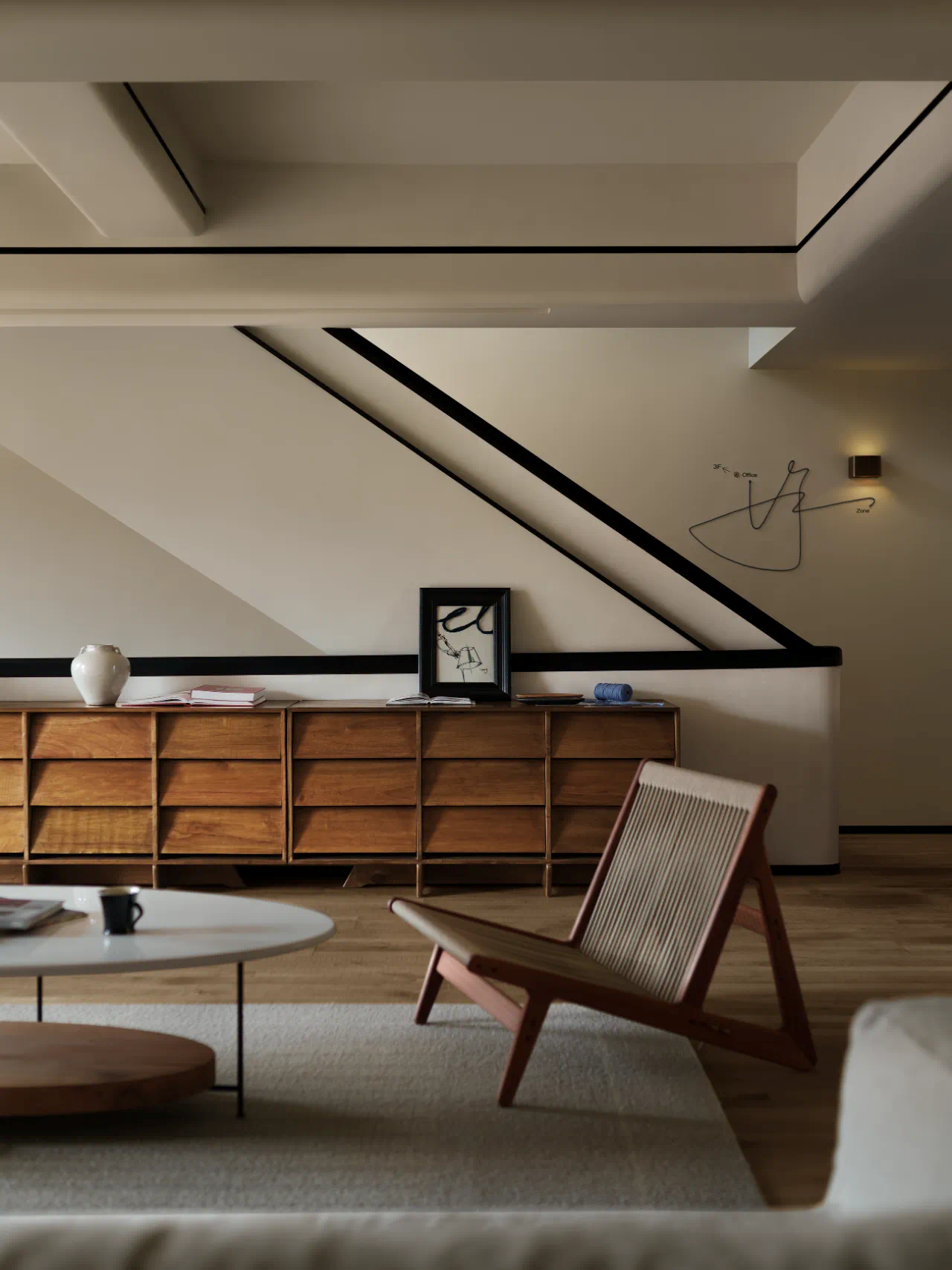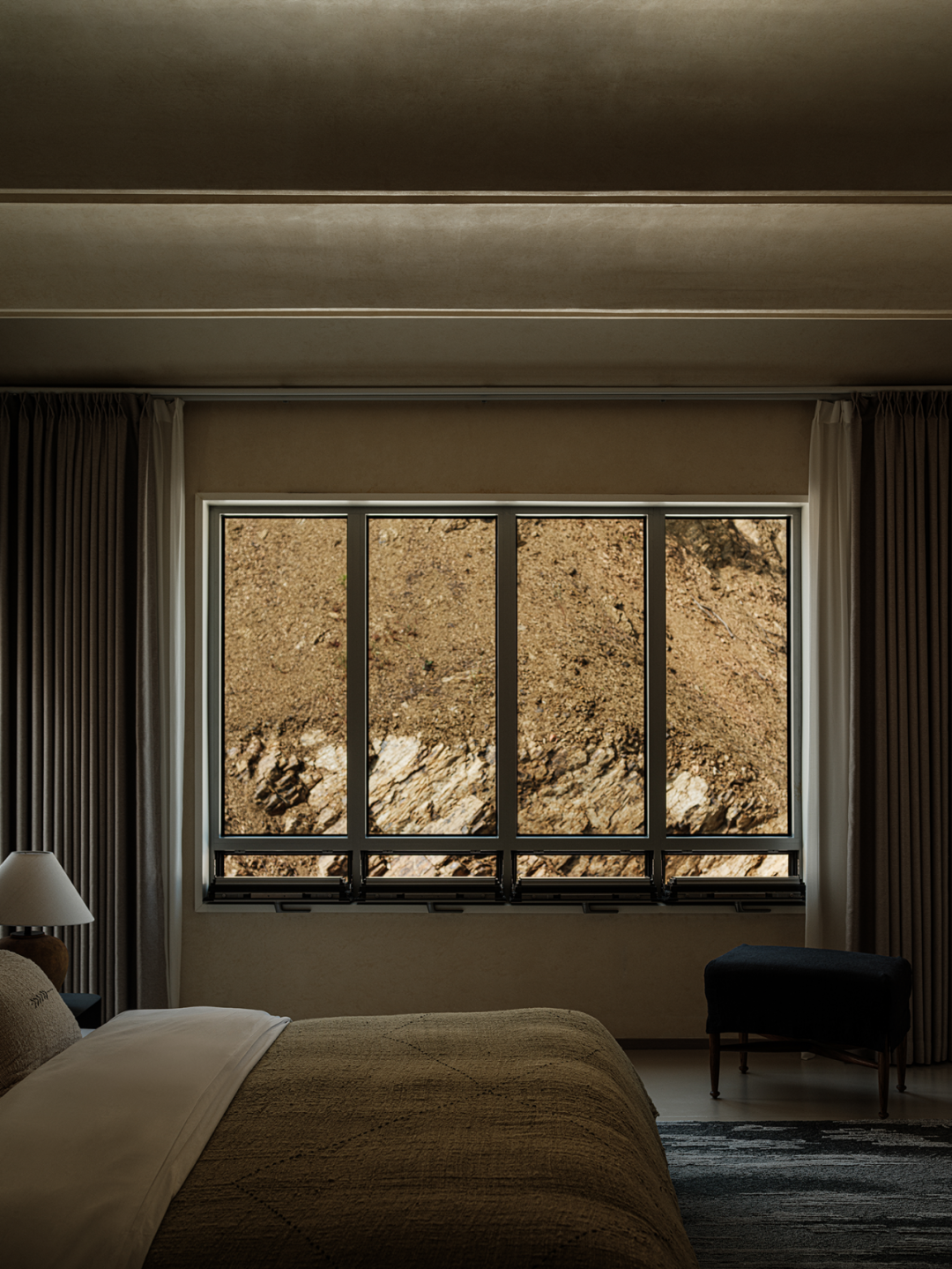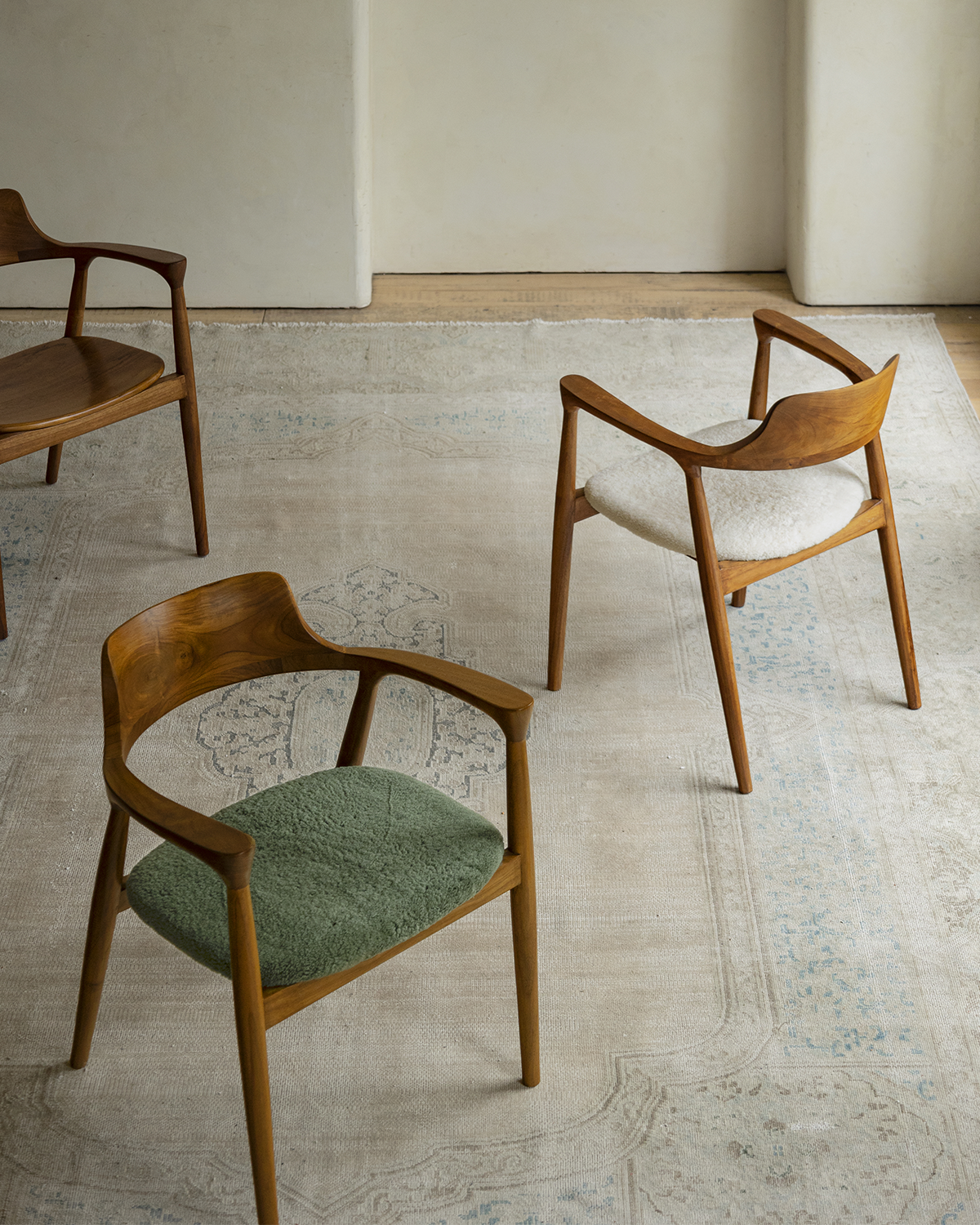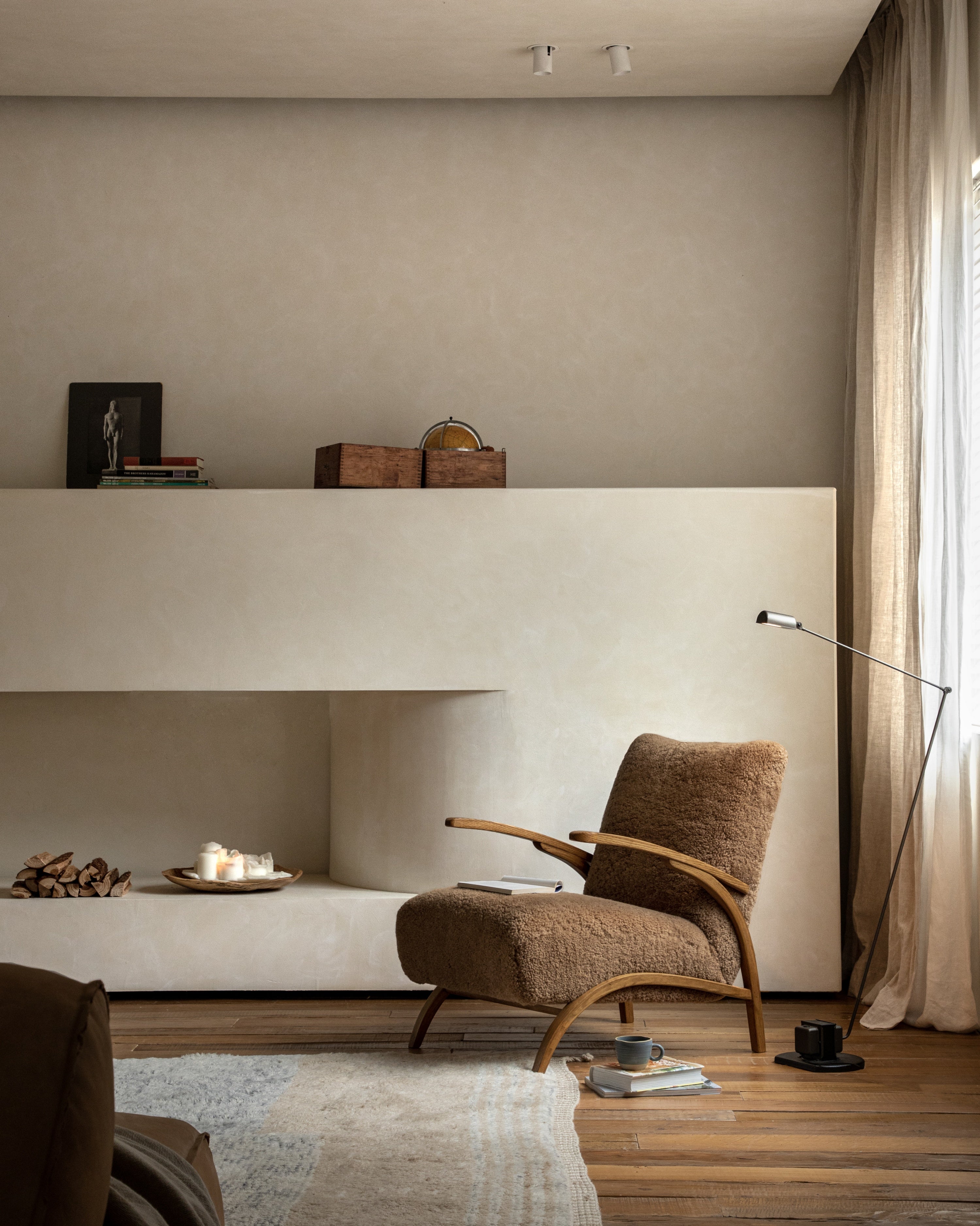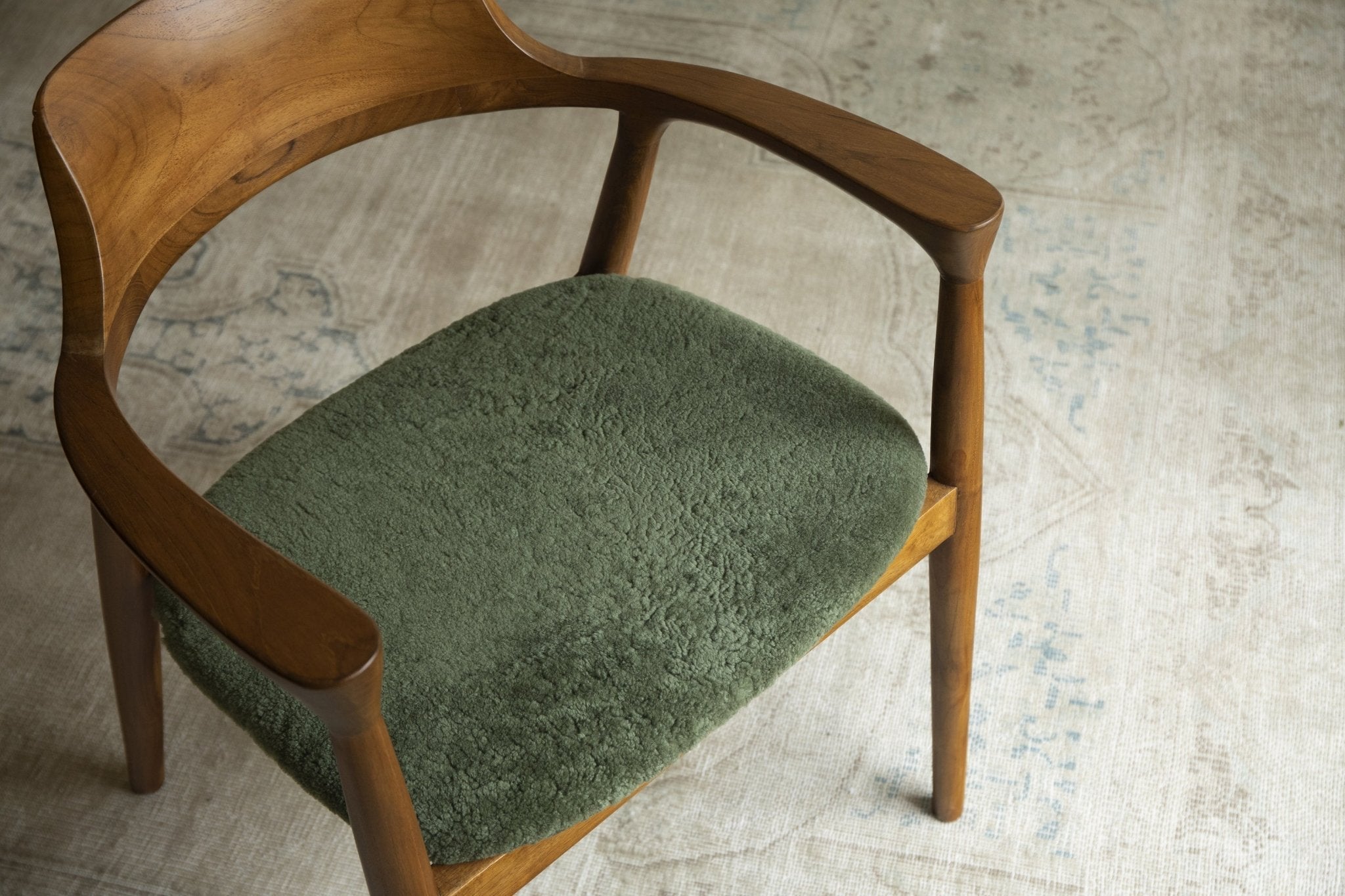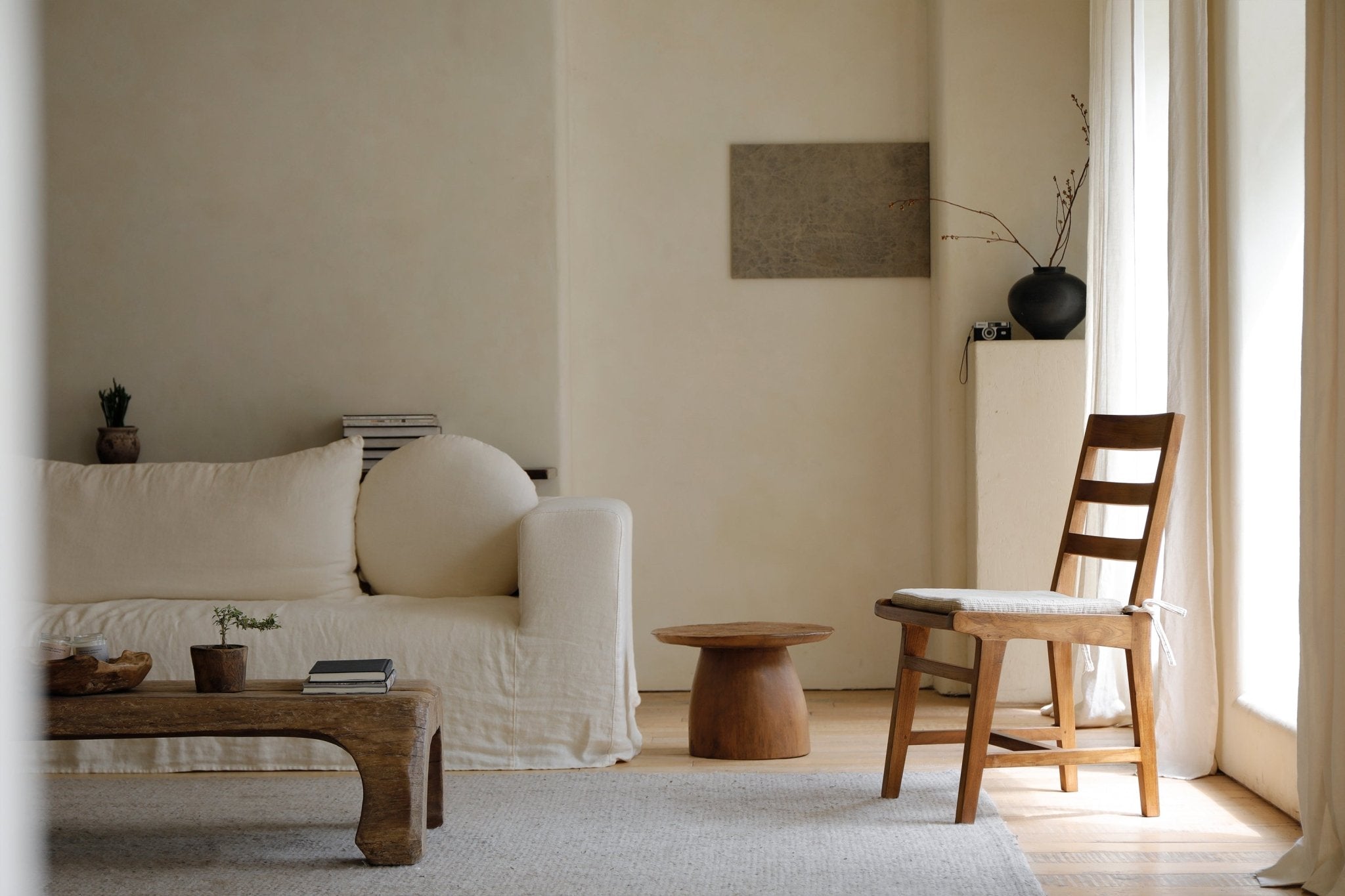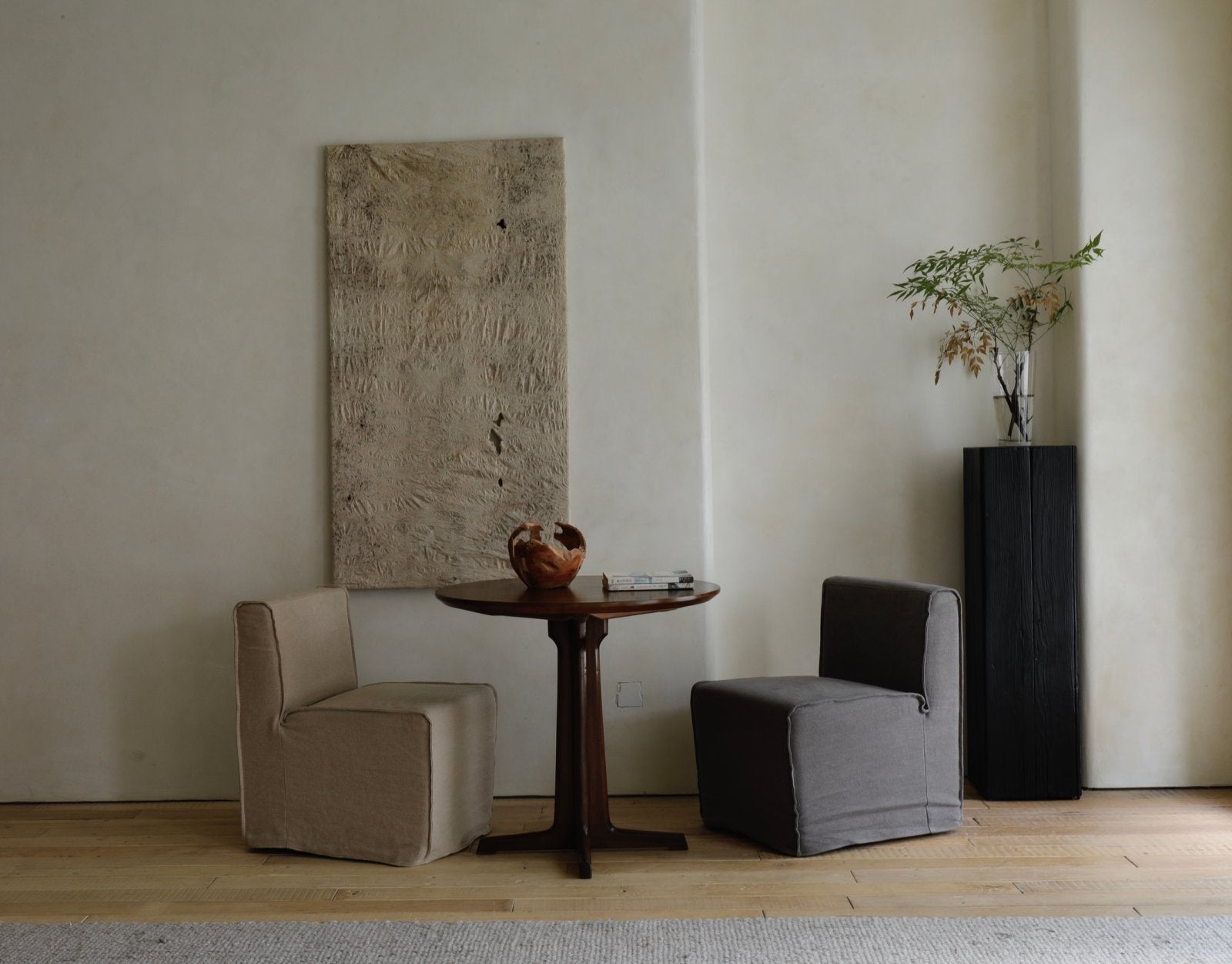
What's the Best Couch for a Small Living Room?
Key Takeaways
The perfect sofa for a small space has perfect scale, visual lightness, and functionality. Apartment-sized sofas with narrow arms and high legs in pale shades will create illusions of space. Always carefully take measurements of the room prior to purchasing, keeping in mind traffic flow and architectural features. Remember that multifunctional pieces like sleeper sofas or modular options generate maximum value when used in the limited square footage.
Living in a compact space doesn't mean you have to compromise on style or comfort. A little living room can go from claustrophobic to inviting with the right sofa. With the right approach, you can make the most of its practical and aesthetic aspects while making it seem larger than it actually is.

First, Assess Your Small Living Room
To begin with, it's necessary to take time to assess your living room. It will help you make informed decisions that work with your space rather than against it.
Measure Your Dimensions
The first step in your couch-hunting journey should be understanding the exact dimensions of your space. Grab a measuring tape and note the length and width of your room, paying special attention to the area where you plan to place your couch.
Map Out Traffic Flow
Measure the obvious dimensions is not enough-consider how people move through the room as well. You'll need at least 18-24 inches of space for comfortable pathways around your furniture. Identify the main routes people take when walking through the room and ensure your couch placement won't create bottlenecks or obstacles.
Identify Architectural Features
Take note of any structural elements that might impact your couch placement, such as windows, doorways, radiators, or built-in shelving. These features will influence not only where your couch can go but also what size and shape will work best in your particular space.
Look for Certain Features in a Small-Space Couch
Not all couches are created equal when it comes to small spaces. Certain features can make a significant difference in how a couch fits and functions in your compact living room.
Consider Scale and Proportion
When shopping for a small-space couch, look for models with a seat depth of 32-36 inches rather than deeper options that can eat up valuable floor space. The height of the couch back matters, too; sometimes, a lower back can help a room feel more open and less crowded.
Choose Space-Saving Designs
Space-saving designs often include sleek profiles with minimal bulk and raised legs that create visual space underneath. This "breathing room" beneath the couch helps the piece feel lighter and less imposing in a small room, creating an illusion of more floor space.
Look for Multifunctional Options
Multifunctional options offer tremendous value in compact spaces. Consider couches with built-in storage under the seats, pull-out beds for guests, or adjustable components that can be reconfigured as needed. These versatile pieces help maximize functionality without requiring additional furniture.
Prioritize Visual Lightness
Couches with slim arms rather than bulky rolled ones take up less physical and visual space. Similarly, exposed legs create an airier feel compared to skirted options that extend all the way to the floor, allowing light to flow underneath.

Understand the Best Couch Styles for Small Living Rooms
With space at a premium, choosing the right couch style can make or break your small living room design. Several options work particularly well in compact spaces.
Apartment-Sized Sofas and Loveseats
These scaled-down versions of traditional sofas typically measure 68-80 inches wide, compared to standard sofas that can extend beyond 84 inches. They offer full-depth seating but with a smaller footprint, making them perfect for solo dwellers or couples who don't need extensive seating.

Sectionals Designed for Small Spaces
Contrary to popular belief, sectionals can work wonderfully in small spaces-if you choose the right one. Look for compact L-shaped options rather than massive U-shaped configurations. These can actually maximize seating along walls while leaving the center of the room open, creating an efficient use of corner space.

Modular Couches
These adaptable pieces consist of individual sections that can be arranged and rearranged as needed. This flexibility allows you to customize your seating to fit your specific room shape and can be adjusted if you move or your needs change.
Sleeper Sofas and Daybeds
For homes where the living room might occasionally double as a guest room, sleeper sofas offer dual functionality without requiring additional space. Modern versions have come a long way in terms of comfort and ease of use. Daybeds offer a similar versatility with a more streamlined profile.

Futons and Convertible Options
While futons have sometimes gotten a bad rap, contemporary designs offer both style and substance. They're typically lighter visually than traditional sleeper sofas and can be more affordable, making them ideal for small spaces on a budget.
Materials and Colors Also Affect Your Small Space
The materials and colors you choose for your small-space couch can significantly impact how large or small your room appears. Strategic selections can create optical illusions that enhance your space.
Select Light-Colored Fabrics
Light colors like cream, beige, light gray, or pale blue tend to recede visually, making your couch appear to take up less space. Dark colors, while cozy, can make a piece feel more substantial and potentially overwhelming in a tight space. Choosing lighter hues helps create an airier, more expansive feeling.
Balance Texture Carefully
Smooth fabrics reflect more light and create a sleeker appearance, while heavily textured materials add visual weight. Incorporate some texture for warmth and interest, but avoid overly chunky or heavy fabrics that can make your couch feel bulkier than it is.
Choose Patterns Strategically
When it comes to patterns, small or medium-scale designs can work well in compact spaces, but overwhelming patterns might make your room feel busy and smaller. Consider solid colors or subtle patterns for the couch itself.
Prioritize Durability
Durability becomes even more important in small spaces where your couch will likely see heavy, consistent use. Look for fabrics with high rub counts (ideally 15,000+ for residential use) and stain-resistant properties.
It may take some time and some digging to discover the perfect couch for your small living room, but it will be worth it. The right one will be both the functional center and stylistic anchor of your space, and your small living room will feel like the perfect fit for your lifestyle.
Read More
- How to Pick the Perfect Sofa: Your Guide to Style and Comfort - ZM Home
- How to Choose the Perfect Sofa | Match Your Room Decor Style - ZM Home
- Find the Perfect Sofa Style for Your Home | Sofa Buying Guide - ZM Home
- 6 Dining Chair Trends That Will Transform Your Space in 2025 - ZM Home
- Coffee Table Decorating Guide: Small Details, Big Difference! - ZM Home
